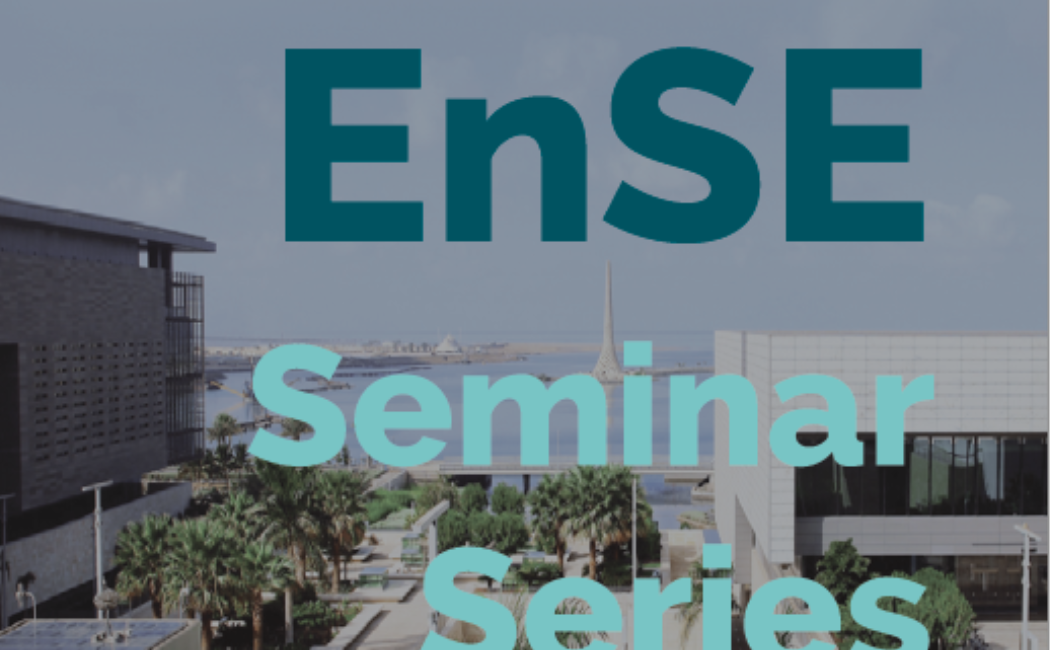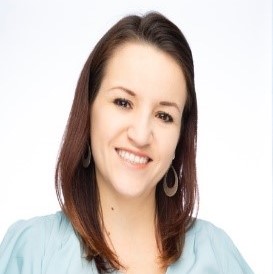


 Luisa Javier, Co-founder of the biotechnology startup Wayakit | Ph.D. candidate at KAUST (PI: Prof. Johannes Vrouwenvelder)
Luisa Javier, Co-founder of the biotechnology startup Wayakit | Ph.D. candidate at KAUST (PI: Prof. Johannes Vrouwenvelder) Luisa Javier is a Mexican Process Engineer with the mission of integrating science and entrepreneurship in projects for the environment. Her work has focused on understanding how processes can minimize the negative impacts of biofouling on reverse osmosis membrane systems for water desalination. Currently, she is co-founder of the biotechnology startup Wayakit and Ph.D. candidate at KAUST.
Luisa Javier is a Mexican Process Engineer with the mission of integrating science and entrepreneurship in projects for the environment. Her work has focused on understanding how processes can minimize the negative impacts of biofouling on reverse osmosis membrane systems for water desalination. Currently, she is co-founder of the biotechnology startup Wayakit and Ph.D. candidate at KAUST.
Nutrient limitation is a biofouling control strategy in reverse osmosis (RO) membrane systems. Several studies monitored biofouling development, limiting either carbon or phosphorus. The effect of carbon to phosphorus ratio and the restriction of both nutrients on membrane system performance have not yet been investigated. This study examines the impact of reduced phosphorus concentration, combined with two different carbon concentrations on biofilm development in a RO system. Feed channel pressure drop was measured to determine the effect of the developed biofilm on system performance. The accumulated biomass was characterized for all the nutrient conditions. The results of this study demonstrate that if phosphorus is limited, but there is sufficient assimilable organic carbon present could lead to a faster decline in membrane performance parameters. Limiting phosphorus concentration in the feed water should be done in combination with restricting the assimilable organic carbon concentration. P-limitation delayed biofilm formation effectively when combined with low assimilable organic carbon concentration and thereby lengthening the overall membrane system performance.
.png) Dr. Manal Al-Qahtani, Postdoctoral Fellow at WDRC, (PI: Prof. Pascal Saikaly)
Dr. Manal Al-Qahtani, Postdoctoral Fellow at WDRC, (PI: Prof. Pascal Saikaly).png?sfvrsn=a957b623_2) Dr. Manal Al-Qahtani holds a Ph.D. degree in Environmental Science and Engineering from KAUST. She obtained her Master's degree in Bioscience from KAUST and her bachelor's degree in Biochemistry from King Abdul-Aziz University. Her research has focused on the carbon dioxide conversion into value-added products using one of the Bio-electrochemical systems, which is called Microbial electrosynthesis cells. Currently, she is working as a postdoctoral fellow at WDRC with Professor Pascal Saikaly.
Dr. Manal Al-Qahtani holds a Ph.D. degree in Environmental Science and Engineering from KAUST. She obtained her Master's degree in Bioscience from KAUST and her bachelor's degree in Biochemistry from King Abdul-Aziz University. Her research has focused on the carbon dioxide conversion into value-added products using one of the Bio-electrochemical systems, which is called Microbial electrosynthesis cells. Currently, she is working as a postdoctoral fellow at WDRC with Professor Pascal Saikaly.
Microbial electrochemical reduction of CO2 gas to value‐added chemical products requires the development of an electrode architecture with a three‐phase interface for efficient mass transport. A hybrid bioinorganic system for CO2 reduction to CH4 is developed by coupling a new electrode architecture with enriched methanogenic community. The novel electrode design consists of porous nickel hollow fibers, which act as an inorganic electrocatalyst for hydrogen generation from proton reduction and as a gas‐transfer membrane for direct CO2 delivery to CO2‐fixing hydrogenotrophic methanogens (biological catalyst) on the cathode through the pores of the hollow fibers. These unique features of the electrode create a suitable environment for the enrichment of methanogens, which utilize the hydrogen as a source of reducing equivalents for the conversion of CO2 to CH4. The performance of the nickel electrode is tested in microbial electrosynthesis cells operated at cathode potential of −1 V versus Ag/AgCl, achieving high faradaic efficiency of 77% for CH4. The superior performance of the hybrid bioinorganic system is attributed to the electrode architecture, which provides a three‐phase boundary for gas–liquid reactions, with the reactions supported by the inorganic and biological catalysts.